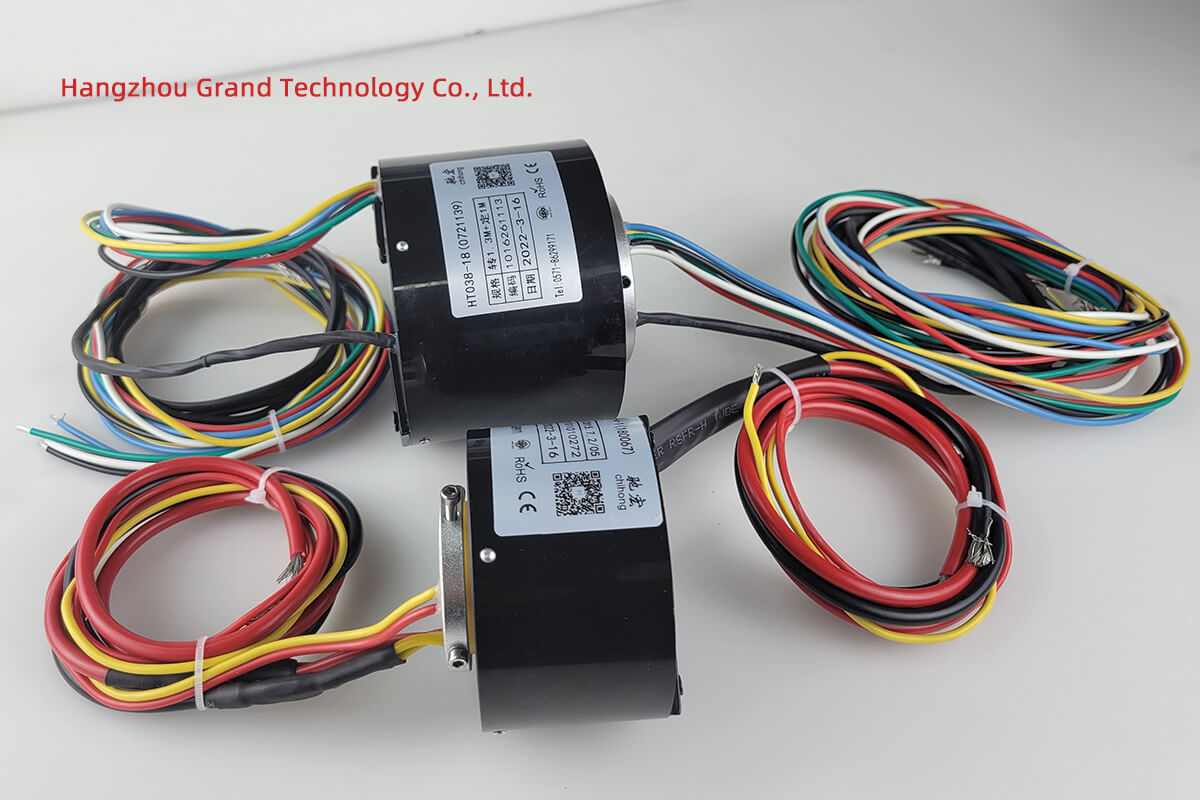Stage lighting relies on motorized fixtures to create dynamic and captivating visual effects. Two commonly used motor types in stage lighting are slip ring induction motors and synchronous motors. Slip ring induction motors utilize slip rings for power transmission, while synchronous motors operate in synchronization with an external power source. Selecting the right motor type is crucial for achieving optimal performance in stage lighting setups.
Importance of Motor Selection in Stage Lighting
Motor selection plays a significant role in stage lighting as it directly impacts the movement, precision, speed, and noise levels of motorized fixtures. Understanding the characteristics, advantages, and limitations of slip ring induction motors and synchronous motors is essential for making informed decisions in stage lighting design.
Benefits and Limitations of Slip Ring Induction Motors
Slip ring induction motors have been widely used in stage lighting for their unique capabilities. They offer robust torque and can handle heavy loads, making them suitable for fixtures that require sustained movement. Slip ring induction motors are known for their high starting torque, allowing fixtures to start and stop smoothly. However, these motors require regular maintenance due to the presence of brushes and slip rings, which may experience wear over time.
Examples of Slip Ring Induction Motor Applications
Slip ring induction motors find applications in various stage lighting fixtures, including moving headlights, rotating gobos, and motorized trusses. These motors enable seamless rotation, panning, and tilting of lights, creating dynamic lighting effects and enhancing the overall impact of stage performances. Slip ring induction motors excel in applications where continuous rotation or smooth movement is required.
Advantages and Disadvantages of Synchronous Motors
Synchronous motors offer distinct advantages in stage lighting applications. They provide precise speed control, allowing for accurate positioning and synchronized movements. Synchronous motors operate in synchronization with an external power source, ensuring consistent rotational speed and eliminating the need for slip rings. However, synchronous motors may have higher initial costs and require specialized control systems.
Use Cases for Synchronous Motors in Stage Lighting
Synchronous motors are well-suited for applications that require precise control and synchronization. They are often used in motorized trusses, where accurate positioning and synchronized movements are critical. Synchronous motors enable smooth and precise rotations, ensuring that stage lights maintain consistent angles and alignments. Additionally, synchronous motors are suitable for complex lighting sequences that require accurate speed control and coordinated movements.
Performance Comparison
Performance is a crucial factor to consider when comparing slip ring induction motors and synchronous motors. Slip ring induction motors excel in applications that require high torque and sustained movement. They offer reliable performance and are well-suited for fixtures that need continuous rotation. Synchronous motors provide precise speed control and synchronization, making them ideal for applications that require accurate positioning and coordinated movements.
Efficiency and Power Factor Comparison
Efficiency and power factor are important considerations in stage lighting setups. Slip ring induction motors typically have lower efficiency and power factor compared to synchronous motors. Synchronous motors operate at a higher power factor and can achieve higher efficiencies, resulting in reduced energy consumption and lower operating costs. However, it is worth noting that advancements in slip ring induction motor technology have led to improved efficiency and power factor in recent years.
Cost and Maintenance Comparison
Cost and maintenance requirements are essential factors in motor selection. Slip ring induction motors generally have lower upfront costs, making them a cost-effective choice for budget-conscious projects. However, they may require more maintenance due to the presence of brushes and slip rings. Synchronous motors may have higher initial costs, but they typically have lower maintenance requirements, resulting in potential long-term cost savings.
Considerations for Motor Selection in Stage Lighting
When selecting between slip ring induction motors and synchronous motors for stage lighting, several factors should be considered. The specific requirements of the lighting design, including movement, precision, and synchronization, will influence the motor selection. Budget constraints, long-term maintenance considerations, and the desired level of performance and control are also important factors to weigh.
Future Trends in Motor Technology for Stage Lighting
As technology continues to advance, both slip ring induction motors and synchronous motors will evolve further. Efforts are being made to improve the efficiency and performance of slip ring induction motors while reducing maintenance requirements. Synchronous motors are benefiting from advancements in control systems and integration with smart technologies, enhancing their functionality and versatility in stage lighting applications.
In conclusion, slip ring induction motors and synchronous motors are both valuable options for stage lighting applications, each with its own advantages and considerations. By understanding the characteristics and capabilities of these motors, lighting designers can make informed choices to create dynamic and captivating stage lighting experiences.


